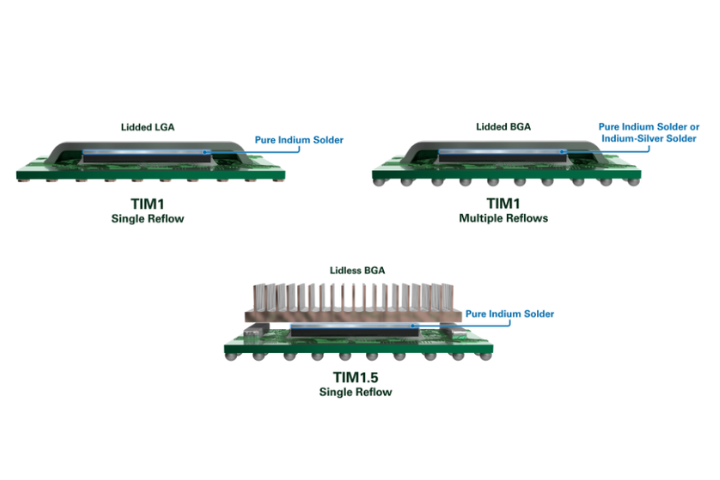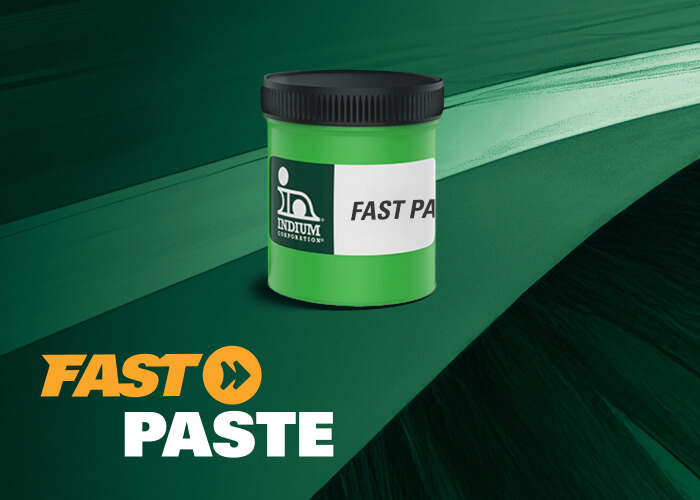Pictured here are thermal profiles for a product packaged in different ways and allowed to warm up to room temperature
To keep your shipments cold, silly…
Aside from the short answer, it is actually a complicated subject dealing with thermal dynamics, shipping logistics, and even a bit of psychology!
Cold packs are used to increase the thermal inertia of a shipped product, not to cool a product. These thermal ‘shock absorbers’ are used to delay the effects of shipping paste, flux, or epoxy. This can really help on those hot summer days when a shipment arrives and sits on a dock unclaimed for a few hours. A sudden peak in temperature like this is called a thermal excursion, and can impact the performance of some materials in severe instances. Cold packs are used on material shipments that may never see thermal excursions. Why? The piece of mind that solder materials will arrive in the best possible condition is worth it to us. It may be the best thing we can do short of actually hand delivering it to you.
It is only natural to wonder how much of an effect the cold packs have during shipping. The short answer is that cold packs do help delay the thawing of solder pastes and other materials – although results vary with different packaging sizes, and duration and magnitude of temperature excursion.
It’s okay if a flux of paste arrives at room temperature, and that is what is expected for long distance shipments. We hope that a paste, flux, or epoxy does not sit out in the sun for the better part of a day, but in that event the cold pack is used to minimize damage to the material.



